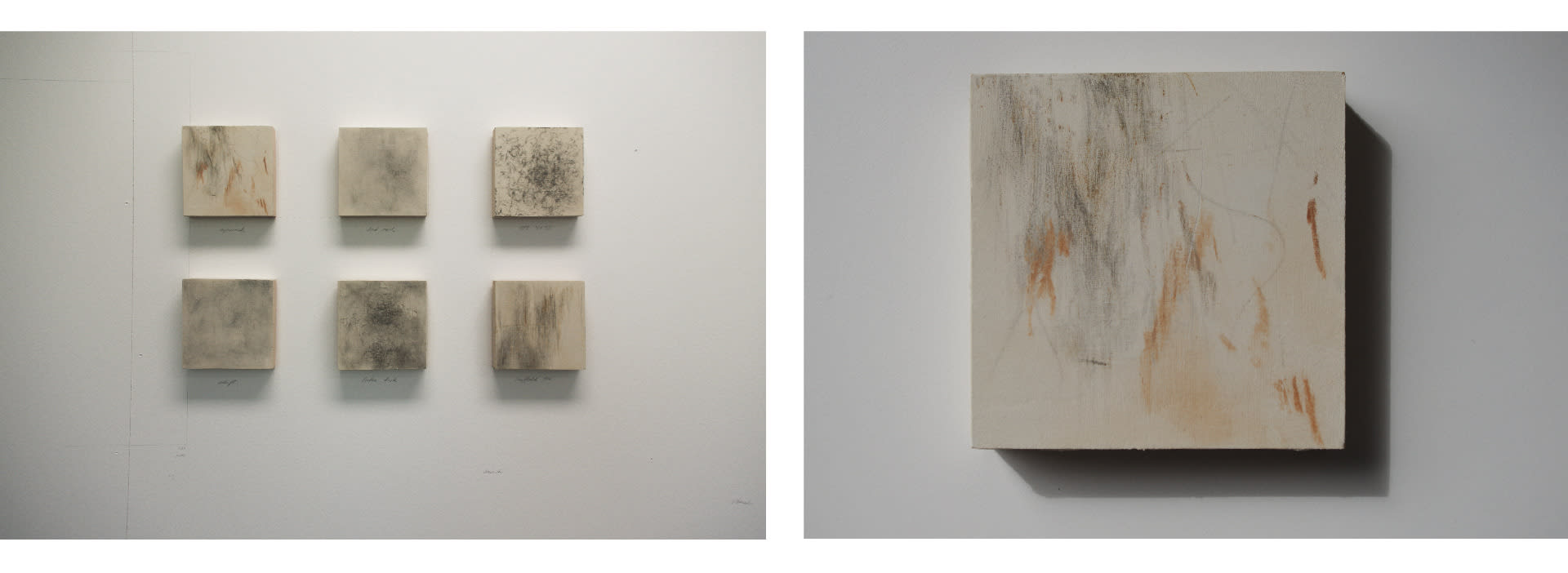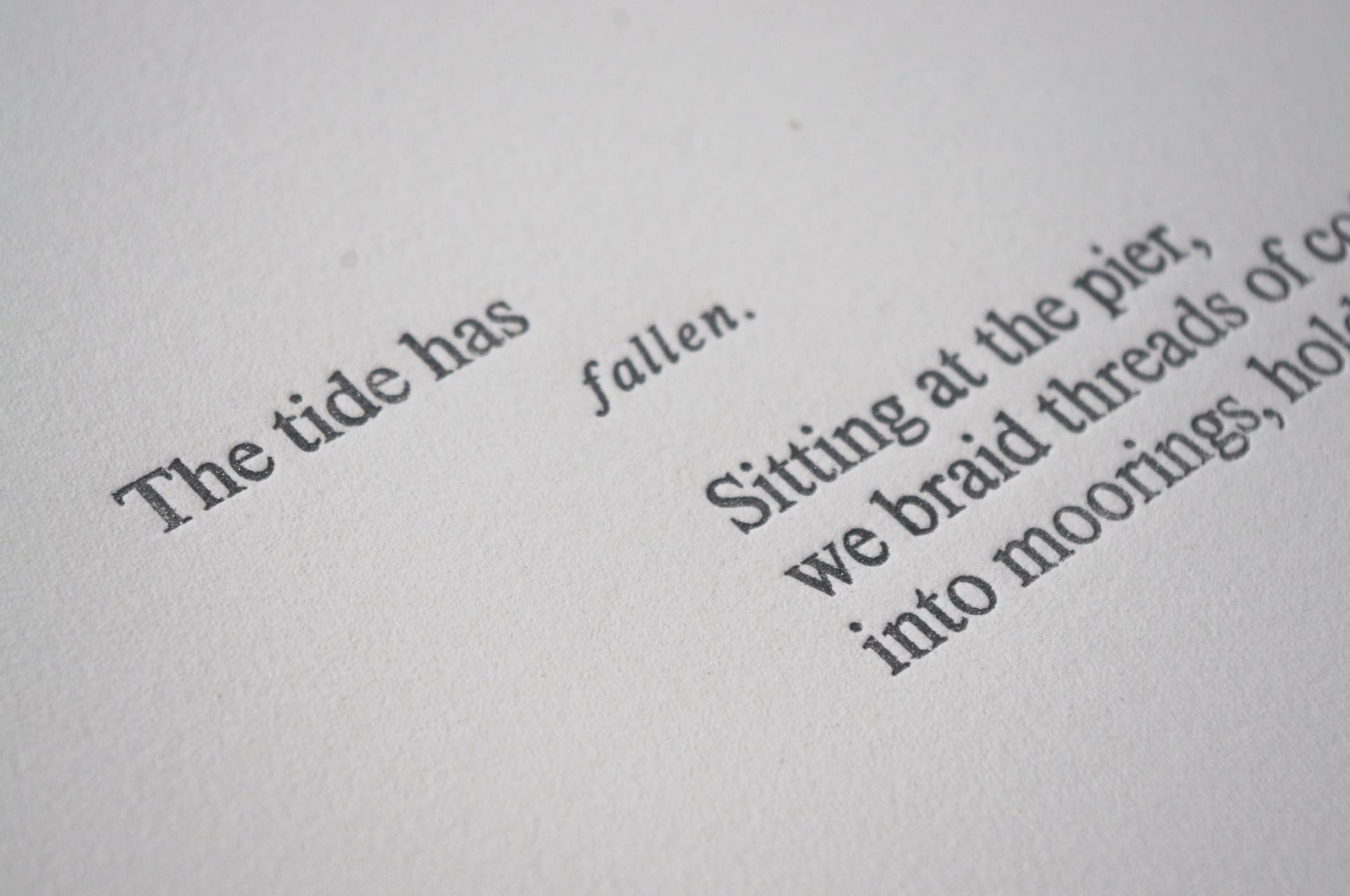Dust is a recollection of landscape fragments, bonded with the earth. It is a story of rise and fall, permanence and temporality. Dream and reality. A topography drawn from invisible lines; a space textured with ashes. A relief of landscapes lost, imagined and re-remembered.
In my recent body of work, I invite you to follow the shore, entering the archives of Battersea filed under the water. This borough of south-west London hosts one of Europe’s largest regeneration zones. At low tide, landscapes blur at the shore, both old and new. Once a storage of empire, now an arsenal to the capital of finance. An island of lustrous skyscrapers emerges from the ashes of demolished factories, washed up by the river.
I moved to Battersea in the summer of 2020. I was discovering the new neighbourhood by foot, mapping out routes to take me back home. I found myself returning to the river, walking downstream from Wandsworth Bridge towards Nine Elms. At the shore I felt settled, present, watching as time took on its different forms. While the river flows, converging over a landscape of ever-growing memory, a different story is told beneath. The water mirrors the rise of skyscrapers with their fall; concrete is diluted in the ripples; glass cracks in the lapping of the waves. Each construction brings with it a new promise of permanence; yet the bulldozers follow the cranes with accelerating speed. All that is left is the dust: dunes of ashes piled up higher than their perforated floors.
You expect something to be there when you come back. But sometimes it’s gone, and it feels like you’ve lost something. As I watched the landscape vanishing, I wanted to record its fading contours; to anchor the tearing thread that seams parts of you. I began reclaiming relics of Battersea’s dismembered landscape: scaffold hinges cloaked in rust; disfigured remains from some bygone shipwreck; corrugated bolts that once held up towers in the sky. It felt like picking up parts of someone else’s memory, somebody who would have remembered a different scene. It felt important. I wanted to bring them back, to piece together a whole from the parts. I searched through the records of the past in the library. I haggled for Victorian land deeds at online auctions. I scavenged enamels at flea markets. I followed Martha and Tilda down the slipway at St Mary’s church. I walked with Polly Up the Junction.
Tomorrow I am searching for yesterday, in the puzzles of debris laid out by the Thames. Hidden in the dust I discovered pipes, rubble, intimate stories, shards of glass, unlived lives, secret dreams, a nesting ground for the birds. I created a topography of memory, reconnecting the lost riverscape with its matter.

























